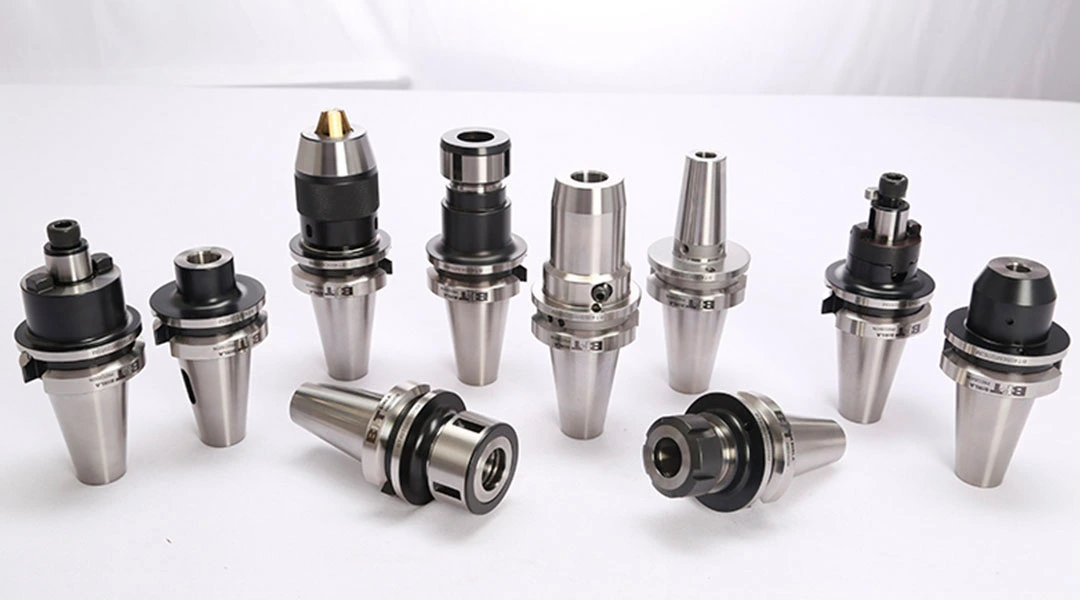Tool holders have gone through a major transformation since the invention of the first cutting tool. The evolution of tool holders continues to change to meet the demand for high-performance machining and cutting requirements. In this blog, we will trace its history and evolution toward its current form. Let us look at the genesis of tool holders below.
The beginning of the use of tools for cutting tasks dates back to the Stone Age when humans sharpened stones to produce sharp edges. Consequentially, from simple chisels around the late Bronze Age to powerful machining instruments of modern times, the tools progressed on various fronts.
Initially, the cutting tool was mounted directly into the hand-operated chuck with spanners or adjustable wrenches. As technology advanced, the tool holder was invented to provide a more secure environment for the cutter and avoid its displacement. The tool holder also made it possible to change cutters with the reusability of the holder, which was not feasible in the former method.
An early carbide tool holder can be traced back to the 1920s, which featured a brazed carbide insert with an axial screw to secure the insert. Over the following years, the design of the tool holder was improved and developed, with today’s ER collets, ISO holders, hydraulic chucks, and shrink-fit holders.
Modern tool holders
feature significantly improved accuracy, which is essential in many machining applications. The holders provide stable tool clamping, resistance to vibration, and high positioning and repeatability accuracy, ensuring efficient and effective performance, including very high machining speeds.
In recent times, tool identification has been added through various RFID and other wireless protocols. This application eliminates any guesswork or errors made while selecting a tool ensures the tool matches the holder specification and cuts optimally. Manufacturers provide complimentary software and tool data, enabling users to access real-time tool information and monitor their stock.
In conclusion, the genesis of tool holders shows the dynamic impact it has in the metalworking industry. Tool holder technology has come a long way, from simple set screw holders to intelligent tool holders. As machining technology continues to advance, the design of tool holders continues to improve to meet the specialized demands of industry for high-precision and high-performance machining purposes. The future will see further developments with the optimization of cutting tool technology, coatings, and geometries to guarantee quality service and increase cost-effectiveness. We at Birla Precision have always strived to develop the best tool holders based on the ever-evolving requirements of the Cutting Tool Industry.

